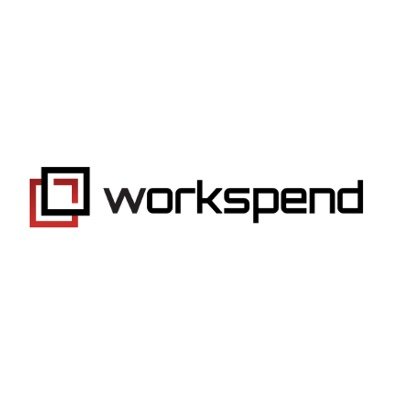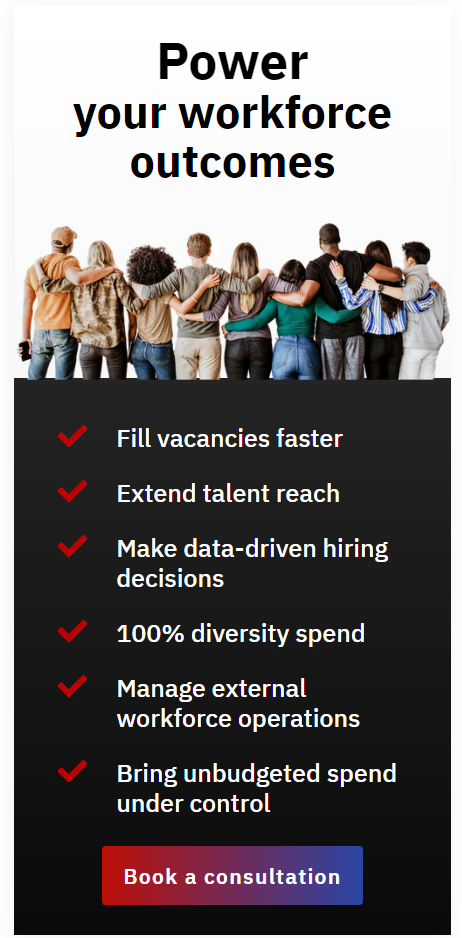UENI’s 2020 Report on Gender and Small Business found that 32% of new UK businesses were founded by women, highlighting a remarkable shift from four years ago (17%). We’ve been tracking the progress of female leaders in tech around the world. Is this trend in woman-lead businesses a global story, or a regional blip? We’ve been looking into the USA and China regional data to compare results.
Workspend Inc. is a women-led minority-owned business. We provide large employers with the know-how, technology, and resources that help them transition their workforce programs into a blend of full-time and contingent employees. When the company began a decade ago, those credentials were unusual. Hopefully, not tomorrow, with a growing number of businesses now run by women.
In the U.S., women were the sole or majority owners of an estimated 12.3 million businesses at the beginning of 2018, and started additional businesses at a rate of more than 1,800 (net) per day, according to The 2018 State of Women-Owned Businesses Report, commissioned by American Express. A more recent survey from AllBright found that one in four of its members plans to launch a business.
The trend toward women leadership is also strong in China. According to Observer, a Chinese mainstream media company, China’s female entrepreneurship has increased from 20% to 25% in 2021, and female entrepreneurs account for 40% of the new brands.
Why are more women taking on leadership roles?
There are various theories. One is because they can. While not all of the ‘Old Boys Network’ attitudes have been shaken out of the business world, being a woman leader is no longer frowned upon as it was in the 1990s when the boardroom was a man’s domain.
The 6th Edition of Deloitte’s Women published in 2018, up 2% from two years before, holding 16.9 percent of board seats worldwide. Sounds encouraging; although, on the current 1% growth per annum trajectory, it will still take until the middle of the century before a state of gender parity will be realised.
A strong correlation exists between the diversity of management teams and business success. Companies with above-average diversity on their board report innovation revenue 19 points higher than that of companies with below-average leadership diversity.
Another theory behind what’s driving this trend is necessity. Women generally require more flexibility and control in their schedules to manage and blend their domestic and business duties. For those on the hunt for this improved work-life balance, the notion of being your own boss, might encourage many to tread the path toward entrepreneurship.
Some put the rise of women in business on the result of a growing number of role models in the popular press. Business women success stories are on the rise, led by celebrities like Beyonce, Kim Kardasian, Oprah Winfrey, Kylie Jenner, Arianna Huffington, Jessica Alba, Debbie Fields, Reese Witherspoon, and Susan Wojcicki, to name just a few. Their success stories give women encouragement and self-belief—the ‘I want that’ factor.

The e-Com factor
Some technologists believe the rise of digital has played a key role in unlocking the yoke that has been holding women back. Sid Vasili, one of the UK’s leading serial tech entrepreneurs, believes that social media and e-commerce platforms have helped to level the playing field.
“At one time, if you were a woman with an idea, you had no outlet, no voice, no opportunity to test or scale your idea. Today, women are jumping on the tech bandwagon to get their idea out there. Often, pronounced social skills and networks can offer them the practical tools to harness social networks.”
The ‘e-com factor’ is well evidenced in China. Statistics show that women accounted for 78.6% of the e-commerce business. Alibaba’s C2C platform Taobao, the biggest Chinese online shopping platform, reports that over 50% of store owners on site are female.
An example is Wei Ya, a successful and well-known E-commerce live broadcaster who explores the opportunity of the shift in consumer behavior to online shopping. She hit a record-high audience of more than 37 million. On average, her audience places orders worth millions of dollars typically for cosmetics, prepared food, clothing, and appliances.
The ‘e’ force is strong in women
Research suggests that women are good at playing to their strengths, and focusing their business acumen on topics they know and care about such as education, health, food, and accommodation.
Traditionally, women have been trapped into lifestyle or service-oriented business. Statistics show that 80% of new businesses registered last year in China were in service or technology-based industries. Knowledge of the ‘buying audience’ has become the competitive game-changer in the digital era, and women have an advantage here, as they tend to be more empathetic with their audience than men. They will take the time to get to know their buying audience, rather than looking inwards at their clever tech.
In the long game, statistics are beginning to reveal that this skill set increases the chances of business success. In a study of over 350 startups, Mass Challenge and BCG determined that businesses founded by women deliver higher revenue—more than 2 times as much per dollar invested, making women-owned companies better investments for financial backers. The authors calculated that VCs could have made an additional $85 million over five years if they’d just invested equally in both the women- and men-founded startups.

The COVID factor
Initially, COVID had a negative impact on the women in leadership story. Women are more likely to lead smaller companies than larger ones. Research shows that, in the UK, women lead around 40% of micro-businesses, 38% of small businesses, and only 26% of medium-sized ones. With limited company reserves, COVID placed its cruellest blows on small enterprises. At the early stage, the pandemic hit hard on women’s enterprises as they struggled to pay employees, afford rent, and keep the lights on while homeschooling and caring for their children.
But that’s not where the story ends.
Women are getting better at weaponizing support. In China, the “SHE CAN” project kicked off with a webinar series supporting entrepreneurs to address the impacts of the pandemic and build their resilience.
And while the pandemic reshaped markets, it also encouraged new opportunities to present themselves. It transformed fashion retail, fragmented markets, made digital platforms and cross-border e-commerce more imperative than before. Women entrepreneurs were quick to show they had the right digital mindset and skills to meet rapidly evolving consumer
The beginning of the end, or the end of the beginning?
The slog to achieve gender parity in the male dominated world of business has been a long road, and the end is still yet to come into view. At the last count, U.S. VCs invested 98% of their capital in startups led by men. Similarly, a report into the U.K. VC market (between 2009 and 2019) found that all-ethnic teams received an average of just 1.7% of the venture capital investments made at seed, early and late-stage over this decade. These findings don’t paint a great picture of an equal opportunities world.
It’s hard to say whether the early seeds of progress reported here signpost the beginning of a new era of business, where women leaders are no longer a statistical abnormality. We can only hope that success stories like Workspend chart a course for future women-led startups to follow.
ABOUT THE AUTHOR

Ian Tomlin is a management consultant and writer on the subject of enterprise computing and organizational design. He serves on the Workspend Management Team. Ian has written several books on the subject of digital transformation, cloud computing, social operating systems, codeless applications development, business intelligence, data science, office security, customer data platforms, vendor management systems, Managed Service Provisioning (MSP), customer experience, and organizational design. He can be reached via LinkedIn or Twitter.


